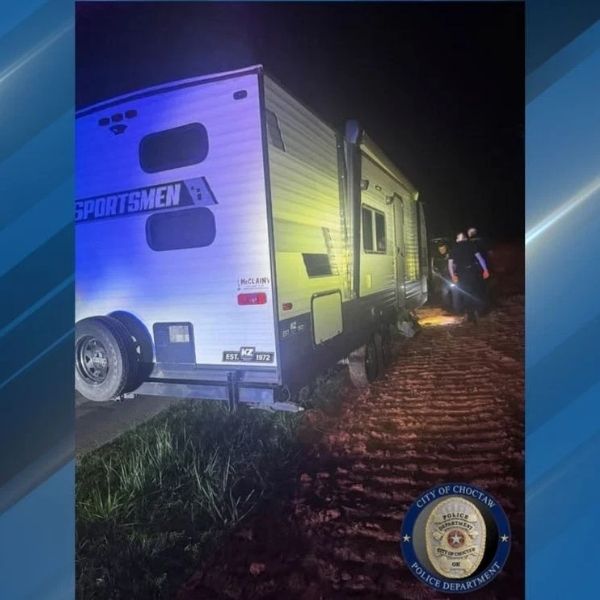Services for homeless youth in Oklahoma are falling behind as the number of young people without stable housing continues to rise.
On a humid summer night, 17-year-old Jae quietly slipped out of their home in suburban Edmond, carrying their black cat, Baby. Not wanting to wake their parents, Jae ran to a friend’s waiting car and yelled, “Drive!” As they sped away, fear gripped Jae—afraid their father might be chasing them.
Now 21, Jae says they left home after enduring emotional and physical abuse. They said suicidal thoughts pushed them to escape for their mental health. “There was a split decision that night,” Jae recalled. “It was either I stay here and I end up dead, or I leave.”
In 2024, 450 unaccompanied youth under 24 were homeless in Oklahoma—a 39% increase since 2019, according to federal housing data. The actual number is likely higher, as those staying with friends or in motels aren’t included in the count.
Yet, the state lacks the resources to meet this growing need. Only 329 shelter or housing beds were available for youth in 2024—58 fewer than the previous year.
Some programs have also lost crucial federal funding, leaving youth like Jae with fewer ways to escape homelessness. The Office of Juvenile Affairs funds emergency shelters in just 20 of Oklahoma’s 77 counties, forcing many youth to travel long distances for help. But even those shelters often operate at full capacity and can’t keep up.
Rachel Bradley, executive director of Sisu Youth Services in Oklahoma City, said youth are staying longer at shelters due to a lack of permanent housing. “We’ve had minors celebrate two Christmases with us before,” she said. “There’s just not enough options for them.”
During a recent statewide survey, several shelters in Oklahoma City and Tulsa reported being full or over capacity. Pivot, a youth shelter in Oklahoma City, has 350 people on the waitlist for just 41 tiny homes. In Tulsa, 366 youth were waiting for housing placements in May, according to Housing Solutions Tulsa.
“There aren’t the options available that there were 20-some years ago,” said David Grewe, executive director of Youth Services of Tulsa. “Higher education has become more unattainable because of costs, housing continues to go up, and living wages are not rising fast enough.”
Tulsa shelters are also bracing for a potential surge of 150 more youth if Job Corps centers are closed nationwide due to an order from the Trump Administration. Oklahoma’s three Job Corps centers offer housing, education, and job training for youth aged 16 to 24. A federal judge temporarily blocked the closures last month.
“There’s no way those young people can be absorbed into the system right now as it is,” Grewe said. Tulsa already has over 300 youth waiting for shelter or housing.
Competition for federal transitional housing grants is also intensifying. The Administration for Children and Families, which oversees the program, received more than 200 applications each of the last two years, but could only fund about 85 new projects annually.
Sisu Youth Services once used the grant to provide 16 to 20 transitional housing beds for three years. But despite earning the same score on its most recent application, the organization wasn’t awarded new funding—those beds are now gone.
Payne County Youth Services in Stillwater also lost its Transitional Living Program grant last year. The nonprofit typically housed around 10 youth annually, but can now only support two. Executive Director Janet Fultz said they’re currently relying on temporary federal funding, which runs out in September. She’s trying to find alternative housing, but rents in the college town are too high for many youth to afford.
Providers were told that new grant applications would open in April, but the release was delayed until July 9—giving them just 14 days to apply, compared to two months last year.
This article has been carefully fact-checked by our editorial team to ensure accuracy and eliminate any misleading information. We are committed to maintaining the highest standards of integrity in our content.
















Leave a Reply